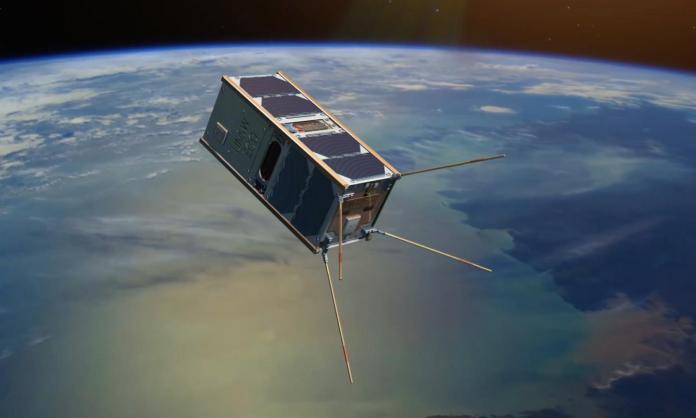A June 5 solicitation for a”tracking phenomenology experimentation” is a step in the maturation of a sensor network in space to track hypersonic missiles.
WASHINGTON — The Space Development Agency is soliciting bids to integrate a sensor and launch it into low Earth orbit by 2021 that is late.
The June 5 solicitation will be for a”tracking phenomenology experimentation” to develop sensor algorithms for a future missile detection network in distance. Proposals are due July 6.
The experimentation is an initial step in the plan to set up a constellation of low orbiting satellites in 2022 to find and track hypersonic missiles the Pentagon forecasts Russia and China will discipline in the near future of the SDA.
The tracking experiment is central to the evolution of sensors that could identify missile signals in background clutter and noise, based on SDA. “It will characterize scene backgrounds for a variety of satellite viewing requirements to optimize algorithms, theories of operations and wavebands for advanced missile detection and tracking,” stated the June 5 request for suggestions.
The contractor within this undertaking will be accountable for taking a detector incorporating it with a satellite bus and placing in on a launch vehicle.
The SDA’s manager, derek Tournear, said two additional satellites will be supplemented by the missile defense phenomenology experimentation.
These experiments will gather information”in order that we can actually justify that we’ve picked the correct bands, we understand a number of their phenomenology,” Tournear said.
In parallel to the experimentation, SDA will begin soliciting suggestions from contractors to create the eight satellites of the missile tracking constellation.
Tournear stated satellites in orbits will be necessary to discover and track fast-flying hypersonic missiles. SDA’s eight satellites may offer a”broad field of view” from orbit but more detailed tracking information will be given by yet another”medium field of view” layer of satellites that’s being designed by the Pentagon’s Missile Defense Agency but hasn’t been financed.
By 2023 or 2022, SDA plans to field an early variant of a missile network with about 70 wide-field-of-view along with medium-field-of-view satellites. “That’ll give us enough protection in LEO so we could have regional persistence,” said Tournear. ‘We will have to determine which areas of the globe we wish to concentrate on. That is the very first time we will have enough satellites to where we could really fight a war using those satellites.” By 2025,”we will have more satellites up to where it we will be able to have complete global coverage.”
Congress has questions
, of the House Armed Services Committee, said DoD’s missile defense programs are most likely to be a topic of discussion in their 2021 National Defense Authorization Act’s upcoming markup. Subcommittee debate is scheduled for June 22 and the complete committee markup.
Throughout the Missile Defense Advocacy Alliance webcast, Lamborn requested Tournear along with MDA officials around the board to explain the HBTSS space detector layer was not funded in the 2021 budget of the Pentagon.
Tournear stated there were”funding constraints” in the 2021 budget. If Congress chose to put in cash he stated, that could help close the gap between the deployment of their wide-field-of-view and also the systems.
Many lawmakers have questioned why SDA is moving forward with a tracking sensor layer if there is no plan to set up the HBTSS system that would be needed to shoot down an enemy missile.
“You begin to get into this chicken and the egg issue that we wish to head off at the pass,” said Tournear. “we would like to transfer both of these in exactly the identical time. And I would contend that one of these is not more difficult than the other, both are necessary.”
Tournear pushed right back on criticism that SDA and MDA are doing work. “We’re performing a hybrid design together.,” he said. Tournear noted that the two agencies are below the workplace undersecretary of defense for research and technology Mike Griffin. “So far as making sure that SDA and MDA are tied closely together, well, for one thing, we’ve got exactly the identical boss. That is a beginning that helps a lot.”
– Advertisement –
